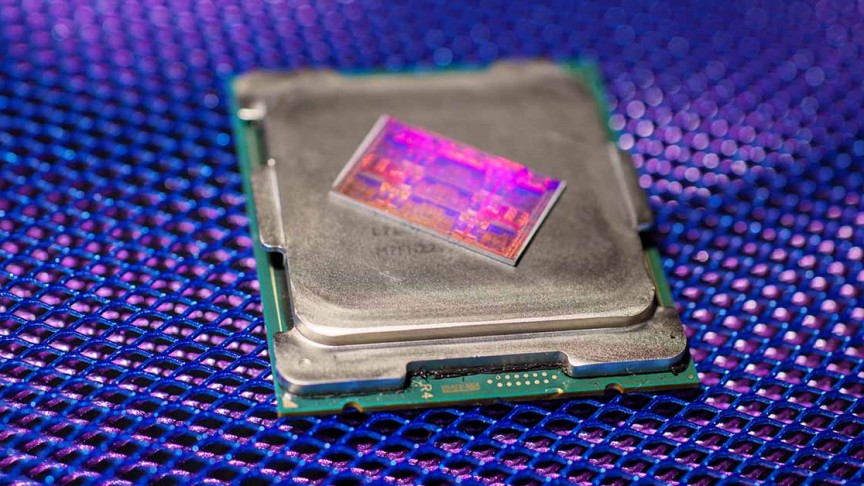 Break Secured MCU PIC16F72 Data
Break Secured MCU PIC16F72 Data
Break Secured MCU PIC16F72 and extract Data of microcontroller PIC16F72 from flash memory and eeprom memory, make Microprocessor PIC16F72 cloning through the process;

The internal RC oscillator provides a fixed 4 MHz (nominal) system clock at VDD = 5V and 25°C, see “Electrical Specifications” section for information on variation over voltage and temperature.
For the PIC16F72, bits <7:2>, CAL5- CAL0 are used for calibration. Adjusting CAL5-0 from 000000 to 111111 yields a higher clock speed.
Note that bits 1 and 0 of OSCCAL are unimplemented and should be written as 0 when modifying OSCCAL for compatibility with future devices before reverse engineering Secured MCU atmega2560v firmware.
For the PIC16F72, the upper 4 bits of the register are used. Writing a larger value in this location yields a higher clock speed. This configuration bit when unprogrammed (left in the ‘1’ state) enables the external MCLR function. When programmed, the MCLR function is tied to the internal VDD, and the pin is assigned to be a GPIO.
See Figure 8-7. When pin GP3/MCLR/VPP is configured as MCLR, the internal pull-up is always on.The PIC12C5XX family incorporates on-chip Power On Reset (POR) circuitry which provides an internal chip reset for most power-up situations.
The on-chip POR circuit holds the chip in reset until VDD has reached a high enough level for proper operation. To take advantage of the internal POR, program the GP3/MCLR/VPP pin as MCLR and tie through a resistor to VDD or program the pin as GP3 before reverse engineering microcontroller atmega1281 data.
An internal weak pull-up resistor is implemented using a transistor. Refer to Table 11-1 for the pull-up resistor ranges. This will eliminate external RC components usually needed to create a Power-on Reset.
A maximum rise time for VDD is specified. See Electrical Specifications for details. When the device starts normal operation (exits the reset condition), device operating parameters (voltage, frequency, temperature, …) must be met to ensure operation. If these conditions are not met, the device must be held in reset until the operating parameters are met.